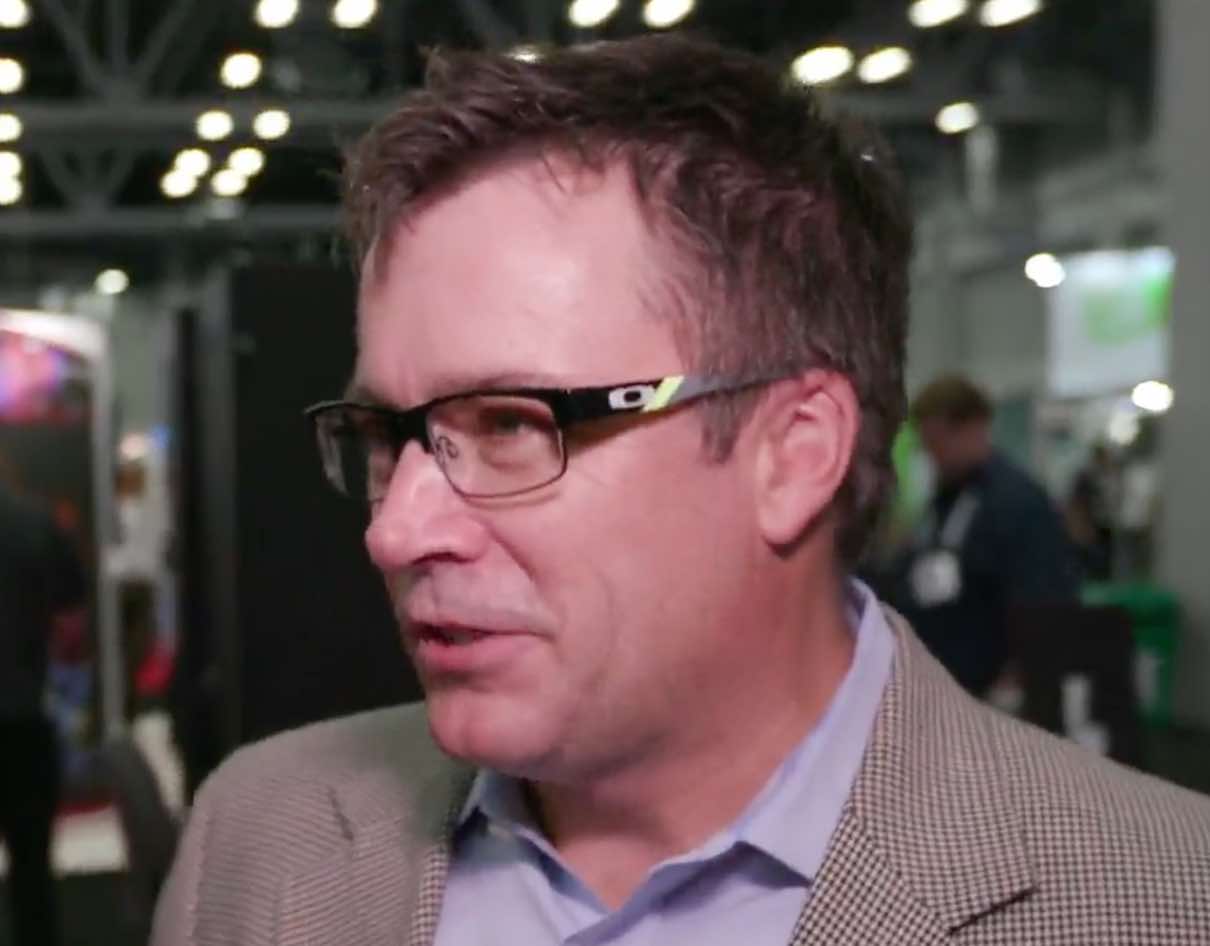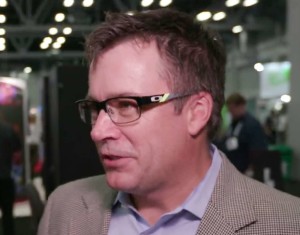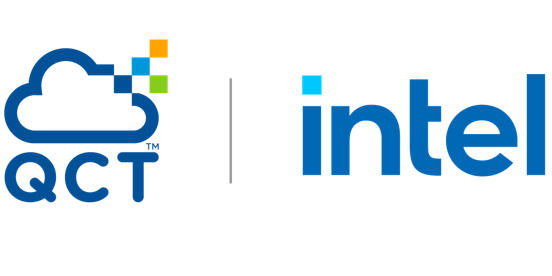In this video from SC15, Matt Starr from Spectra Logic describes the company’s new ArcticBlue nearline disk storage system.
“ArcticBlue, a new nearline disk storage system that delivers “Twice the Shelf Life of Competing Disk Platforms at Half the Cost.” ArcticBlue leverages the company’s BlackPearl hybrid storage architecture and Shingled Magnetic Recording (SMR) disk media, creating an object storage based disk platform with maximum longevity, efficiency and cost effectiveness. Datacenter and private cloud managers can now affordably integrate a long-life nearline disk solution with online performance.”
Full Transcript:
insideHPC: I wanted to ask you about something you guys announced about a month ago, the ArcticBlue. What is that about?
Matt Starr: ArcticBlue is a power down disk subsystem that sits behind our BlackPearl. Our BlackPearl being our S3 gateway. Normally, what sits behind BlackPearl is a tape library so we had S3 interface to tape. Now we have S3 interface you can either use power down disk or you can use tape library behind it or a combination of both.
insideHPC: Okay. What advantages does that give you? Is it cost effectiveness or what?
Matt Starr: There’s a couple things here. So if you think about a tape subsystem, it’s probably the best cost footprint, density footprint that you can get. ArticBlue brings in kind of the benefits of tape from a cost perspective, but the speed and performance of a disk subsystem. Ten cents a gig versus seven cents a gig, three cents difference. You may want to deploy a little bit of ArcticBlue in your archive when you’re putting it behind BlackPearl as opposed to just an all tape archive.
insideHPC: It gives you that nearline tape access kind of capability?
Matt Starr: What’s really neat is when you think about an archive, you’re putting data in constantly. Let’s say it’s a weather based archive. You’re putting data in constantly, but when you go in and get data back out, and you may ask for 6,000 objects out of the archive. Well, with powered on/power off disk, I can power all the disk up, retrieve all of it at the same time. Unlike a tape archive where I need to mount some tapes, this comes back in about 30 seconds.
insideHPC: Here at SC15, I was reading about some archives where you can share archives using Globus. What’s that about?
Matt Starr: We work with Globus. These guys are basically a layer on top of grid FTP, and they’re designed to share campus to campus, university to university data sets. If you’re publishing a paper or doing things where you need to get data across to other universities, you can use the Globus Online system that now connects to BlackPearl and actually share that information. They manage all the credentials and pieces like that. It’s kind of a very interesting thing. From universities who want to save a lot of money, they’re putting their data in their archive, they need to keep it for a long time. You can go in there and search all those pieces, pull the data out that you need, get it across to your campus, and use it.
insideHPC: Does that use a RESTful interface?
Matt Starr: Globus Online is basically a Cloud-based service, but when they’re talking to BlackPearl it is using our RESTful S3 interface. An Amazon-like service, but it’s based as a private Cloud.
insideHPC: Last but not least, I can’t stop hereby without asking about LTO-7. What’s coming and when do we get it?
Matt Starr: That’s a good question. LTO-7, first, is a six terabyte tape. That’s a big jump in capacity. Second thing is it’s the throughput. It’s 300 megabytes a second per tape drive. We’re going to start shipping them, we believe, right at the end of November, first couple weeks of December, it’ll be hitting the field. Full shipments– turn on the faucets all the way, sometime in January and we’ll be shipping in full volume.
See our complete coverage of SC15 * Sign up for our insideHPC Newsletter





